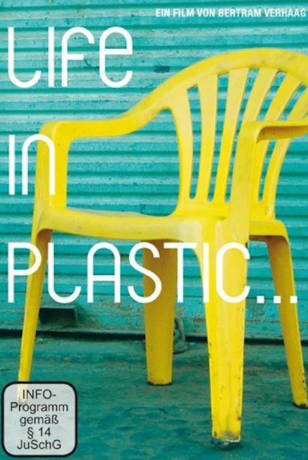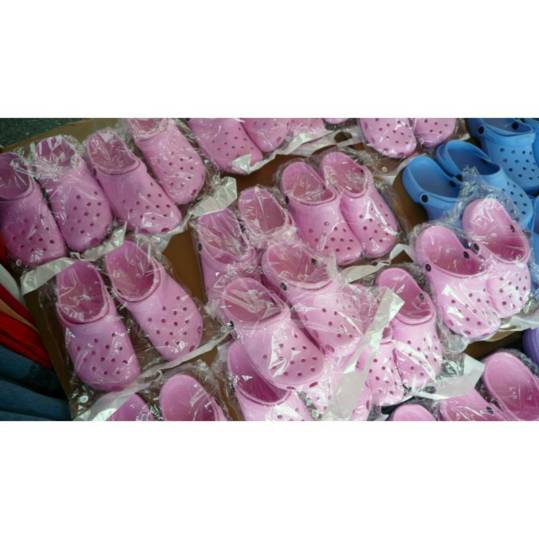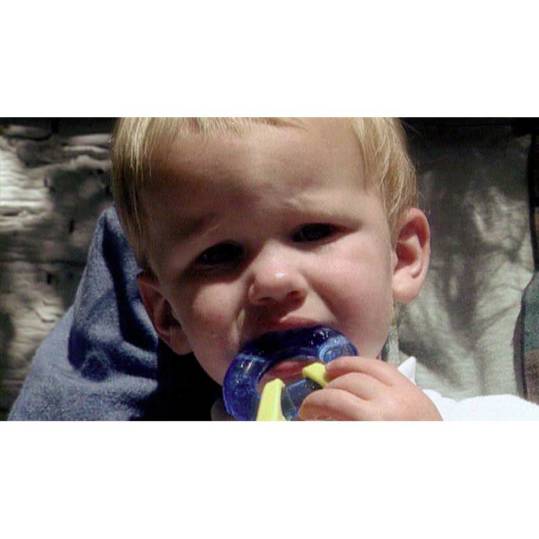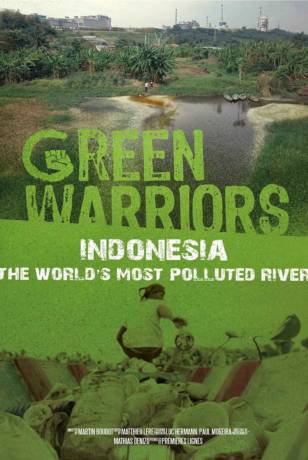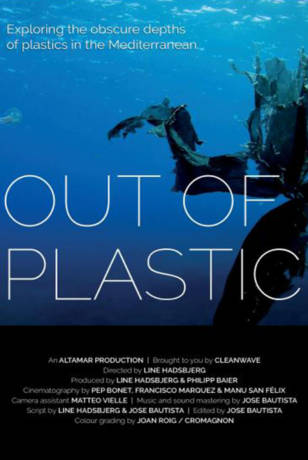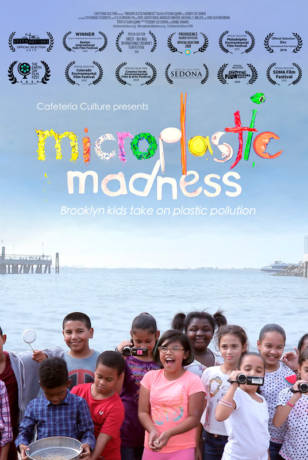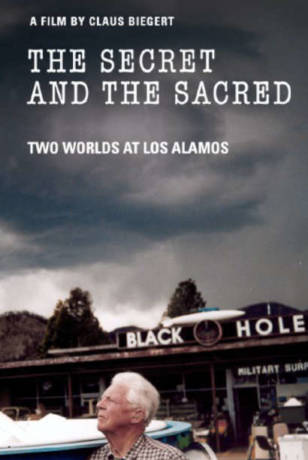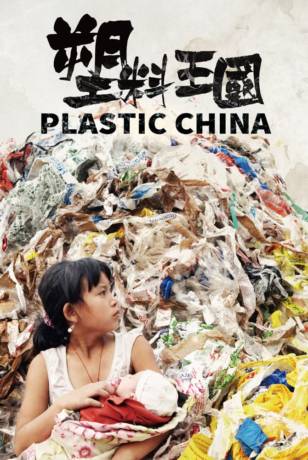Life in Plastic…
The fascination and enthusiasm for plastic is as great as the list of problems, risks and studies is long. Most of the plastics we use every day are almost imperishable and over time release many of their often hormonally active additives into the environment.
Today, they can be found all over the planet, distributed by wind, water or illegal garbage disposal in the sea, even in marine regions far removed from civilization. Polar bears and Beluga whales are now contaminated with plasticizers from the 1960s and 1970s – which, according to a recent WWF study, affects their reproduction.
The most urgent and biggest problem, however, arises from a property of plastic that was initially so longed for: its longevity. A phenomenon of unbelievable size has gathered in the Pacific Ocean, about 2000 km northwest of Hawaii: There floats a carpet of plastic particles the size of Central Europe; for every kilo of plankton there is six kilos of plastic waste. Until decomposition (in about 500 years), marine animals will swallow these particles and die from them.
The only solution at the moment is recycling and this is exactly what Professor Dr. Michael Braungart wants to revolutionize with his Cradle to Cradle concept. If he has his way, everything has to be reinvented: Every substance used must be non-toxic and the individual components of a product must be separable from each other. Only in this way can they be reused as high-quality raw materials or returned to the cycle as decomposable material. He has already found strong alliances for these ideas in industry, e.g. FORD, NIKE or SHAW, the world’s largest carpet manufacturer.
